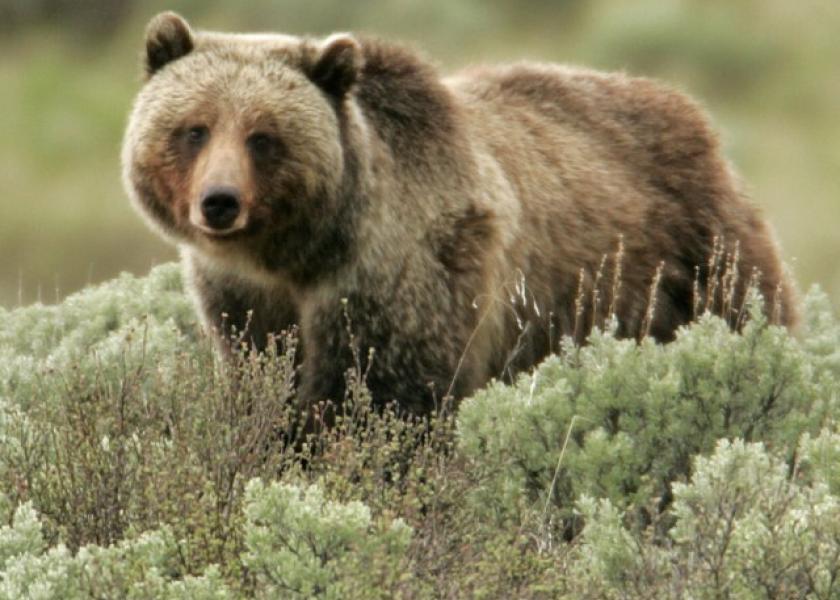Yellowstone Grizzly Bear Populations Grow; Is Delisted as an Endangered Species

Successful conservation efforts were credited by U.S. Secretary of the Interior Ryan Zinke in the delisting of the Yellowstone population of the grizzly bear. Populations, once as low as 136 bears in 1975, now totals more than 700.
The Greater Yellowstone ecosystem (GYE) distinct population segment (DPS) consists of portions of northwestern Wyoming, southwestern Montana and eastern Idaho. Grizzly bear populations outside of this DPS in the lower 48 states will be treated separately under the ESA and will continue to be protected.
The GYE grizzly bear population is one of the best studied bear populations in the world thanks to the longstanding efforts of the Interagency Grizzly Bear Study Team (IGBST), according to the Department of Interior. Population and habitat monitoring efforts undertaken by the IGBST indicate that GYE Grizzly Bears have more than doubled their range since the mid-1970s. They now occupy more than 22,500 square miles.
Cattlemen Applaud the Conservation Efforts and Delisting Process
In response to the announcement, Craig Uden, president of the National Cattlemen's Beef Association, and Dave Eliason, president of the Public Lands Council, ask that similar steps be taken in other areas.
"This is good news for the Yellowstone grizzly and good news for the region's ranchers. Secretary Zinke and the U.S. Fish and Wildlife Service deserve credit for today's action, and we urge them to now take similar steps to remove other grizzly populations throughout the West from federal ESA protection - including the distinct population segment in the North Cascades Ecosystem in Washington State," Uden and Eliason said in a joint statement.
Nearby state leaders, such as Idaho Gov. C.L. “Butch” Otter and Wyoming Gov. Matt Mead expressed approval of the decision.
“Grizzly bears have met or exceeded recovery objectives since 2003 and have long warranted delisting. In 2013, I asked Secretary Salazar to delist the grizzly bears and much work toward this end has been done. I appreciate that the FWS is proceeding now with the delisting,” Mead says. “The Interagency Grizzly Bear Study Team, which includes the FWS and Wyoming Game and Fish, must be commended for its years of great work. Thanks to the team effort, grizzlies will be managed appropriately by our experts at Game and Fish. I thank all involved in the delisting effort.”







